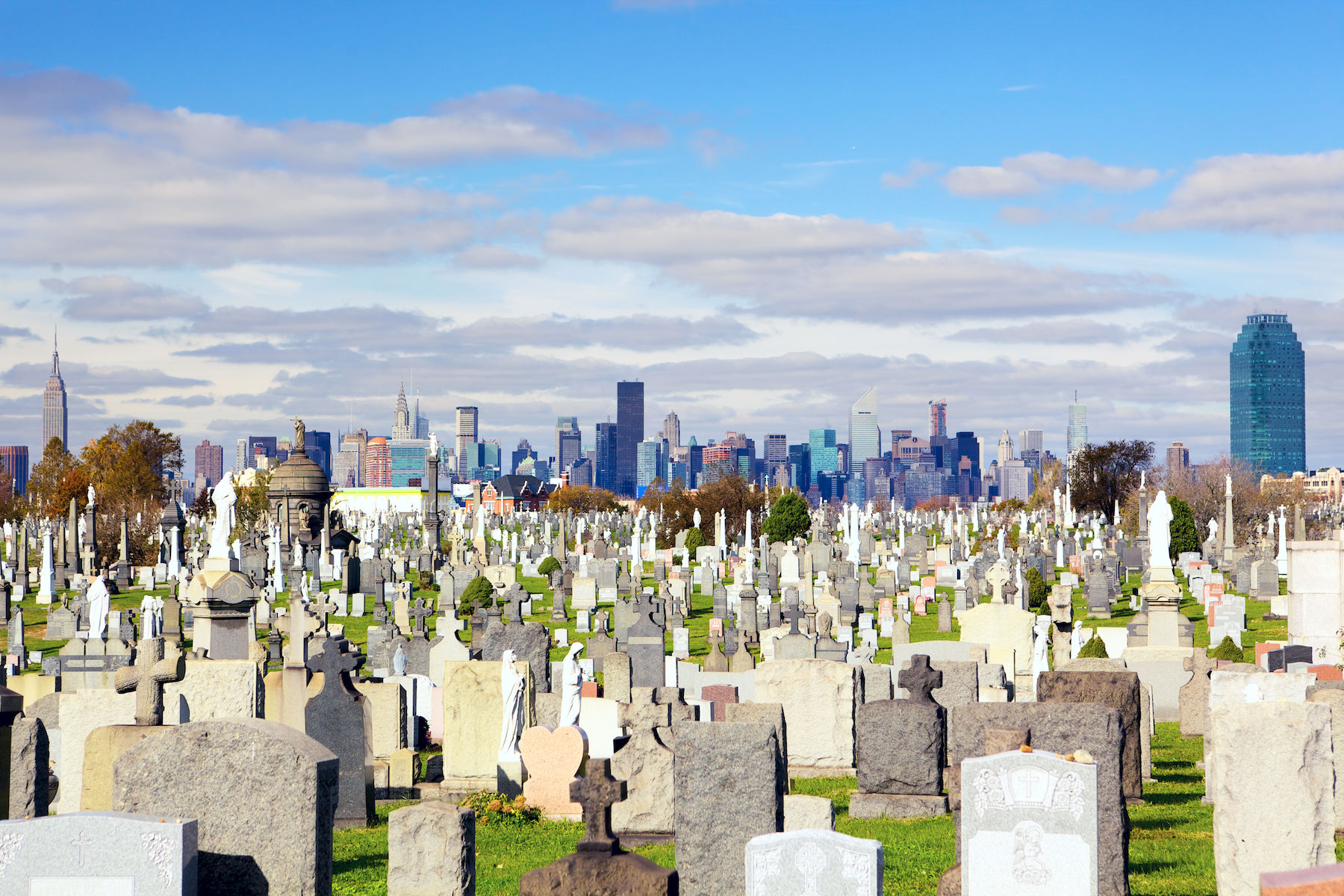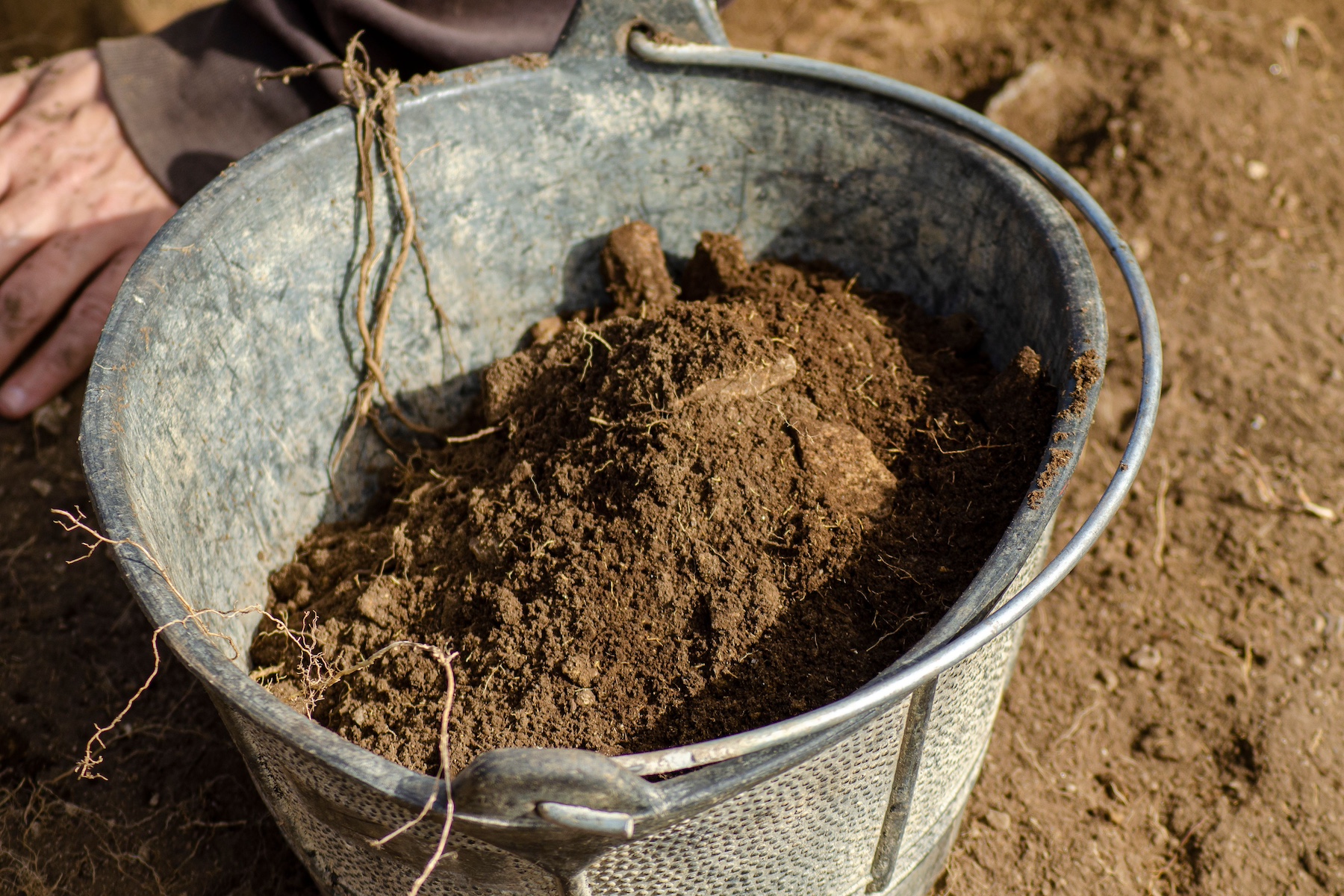With every passing year we become more aware of how various aspects of life are impacting the environmental health of the planet. But our deaths are also leaving a lasting impression on the Earth, and it isn’t all positive. In fact, research suggests that despite an increased focus on eco-friendliness, funeral services have more of an impact today.
One of the driving forces behind the increasing cremation rate is concern over the eco-friendliness of funeral services. That’s why in 2014 TalkDeath and Keeper looked into how great an impact burials and cremations have on the environment. They repeated their research in 2021, and what the data shows is pretty startling.
Acreage Used for Cemeteries Has Dramatically Increased
There is growing concern over the land used for burial plots in cities around the world. This has led some local governments to come up with creative ways to get around the lack of burial space. When you look at the dramatic increase in acreage that’s used for cemeteries it becomes clear why.
2014 U.S. cemeteries covered an estimated 1 million acres
2021 U.S. cemeteries covered an estimated 1.4 million acres
That’s a 40% increase in just seven years. Even if the acreage in 2014 was underreported the rise in land use for cemeteries is still astonishing. Although demand for burial space is decreasing in areas where cremations are increasing, it’s still a huge environmental concern and many question whether it’s the best use of land. As the Baby Boomer generation gets older there’s increased pressure to find ways to reduce the 1,600 additional acres that will be needed for burials each year.
Way More Embalming Fluid is Being Used
One of the most troubling aspects of traditional funerals is the use of toxic embalming fluids to preserve the body. The formaldehyde-filled fluid can leach out of the body eventually finding its way into the soil and waterways.
It was already concerning in 2014 when it was reported that over 800,000 gallons of embalming fluid was used. But that pales in comparison to the 4 million gallons that were reportedly used in 2021. Just the production of embalming fluid alone has a negative impact on the environment. Worse still, is that embalming fluid isn’t actually necessary even for a traditional burial.
Forests Feel the Negative Effects of Burial
Caskets are one of the most impactful parts of burial. As research from UC Berkeley in 2012 pointed out, the materials that are used to create millions of caskets every year use up a lot of natural resources, and that is largely unchanged nearly a decade later.
While the use of concrete for vaults has decreased, more wood is needed to make caskets today. In 2012 31 million feet of hardwood board was used to make caskets. The analysis from Keeper and TalkDeath estimate that if all the caskets used in 2021 were wooden it would be the equivalent of 150 million feet of hardwood board. This estimate is high, but it highlights that the use of hardwood for caskets has certainly increased in the last 10 years.
If any of these statistics are troubling to you the good news is there are alternatives to traditional burial services that are far less impactful on the environment. Direct cremation is one of those options. It skips the rental caskets, embalming fluids and unnecessary extras that make funeral services more costly and more harmful.
You can contact us by text or phone to learn more about the direct cremation process.



